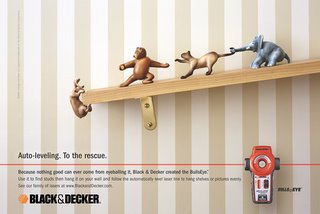Up to our necks in salt water
Despite the Fraser Report citing that the air in Vancouver is cleaner than ever – it seems as though the rest of the world is not faring as well as the ‘best place to live on Earth’.
One study has found that greenhouse gasses are rising faster than they have for thousands of years. As a consequence of this, the Earth’s ocean levels have risen twice as fast as usual in the last 150 years.
This study, which analyzed fossil data from the deep sea, satellite pictures of shorelines, and 650,000 year old gas samples frozen 3000m under the ice in Antarctica singles out the impact humans have had on global warming.
Carbon dioxide emissions come mainly from human activity such as burning coal and other fossil fuels in power plants, factories and automobiles.
The reasons studies like this exist is that people just simply don’t believe that there is a link between their power consumption and the rest of the world. It is too abstract of a concept, with no immediate tangible proof.
So it needs to be communicated. And communication is getting into people’s minds quickly, pervasively and memorably.
This is where advertising comes into the picture. It is communications boiled down to achieve maximum efficiency and results.
There has been millions of dollars invested in it already to be sure. Why not use this knowledge to our advantage?
Ugh, sustainability can be so serious sometimes. It needs to lighten up a little if it wants a broader audience (after all isn’t that the point).
Here is an ad I absolutely love, again, a single-minded message, an unconventional format, sex appeal, and humour.
Toyota Girlfriend ad


